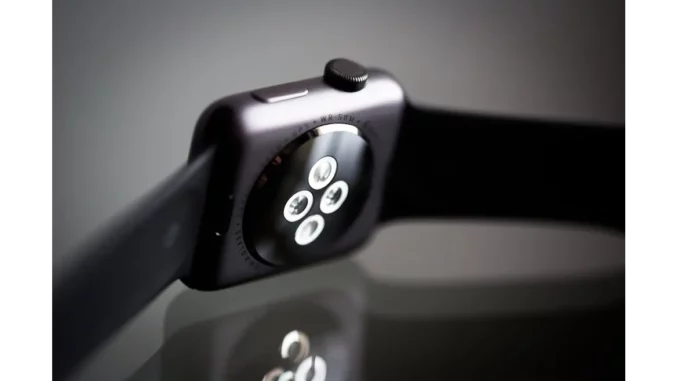
In the vibrant heart of Seoul, a quiet yet significant transformation is underway, poised to revolutionise the diagnosis and monitoring of strokes. This transformation is being spearheaded by Prof. Seung-Kyun Kang and his exceptional team at Seoul National University, whose development of a hypersensitive strain sensor is set to redefine precision in biomedical engineering. In a conversation with Dr. Emily Park, a leading expert in biomedical engineering, I explored the implications of these groundbreaking innovations.
Safeguard patient information with TrueNASs self-healing data technology.
Dr. Park, who has been closely tracking advancements in this domain, began by elucidating the core of this innovation. “What Prof. Kang and his team have accomplished is nothing short of transformative,” she noted. “The integration of microcracks with meta-structures to create a flexible and stretchable sensor is a significant paradigm shift.” This sensor boasts unparalleled sensitivity, capable of detecting strains as minuscule as 10−5, akin to perceiving a change in length at the atomic level on the surface of a human hair. Such precision is crucial in the early diagnosis of strokes, where identifying infinitesimal strains can mean the difference between life and death.
Dr. Park’s enthusiasm was palpable as she described the sensor’s capability to monitor subtle shifts in blood flow within cerebral vessels. This real-time monitoring offers a glimpse into the body’s most delicate processes, with the potential to identify issues before they escalate into critical conditions. Traditionally, strain sensors have faced significant challenges, particularly in measuring strains below 10−3, a limitation which has implications not only for medical diagnostics but also for structural reliability assessments and safety evaluations. However, Prof. Kang’s approach, leveraging a meta-structure with a negative Poisson’s ratio, achieves up to 100 times greater sensitivity than previous sensors, effectively overcoming these longstanding barriers.
These innovations have already demonstrated their potential in biological settings. The research team has successfully attached the sensors to the surface of cerebral blood vessels within the skull, enabling real-time monitoring of blood pressure and flow changes. Such advancements promise to revolutionise the early diagnosis of cerebrovascular diseases like cerebral haemorrhage and ischemia, offering a tangible tool for clinicians worldwide. Dr. Park also highlighted the sensor’s noteworthy biodegradability. “The fact that these sensors can decompose naturally within the body is a game-changer,” she remarked. This ensures patient safety by eliminating the need for additional surgeries to remove the devices, significantly reducing the risk of side effects.
Beyond the realm of medicine, the sensor’s ability to detect infinitesimal deformations, such as those caused by microbial growth, hints at its potential applications in fields as diverse as robotics, disaster response, and environmental monitoring. Dr. Park’s insights painted a vivid picture of a future where such sensors become ubiquitous, not only in hospitals but across various facets of daily life. “We’re on the brink of a new era,” she concluded, “where real-time, precise monitoring will become the norm, fundamentally changing how we interact with the world around us.”
Reflecting on the profound impact of these innovations, it is clear that the work of Prof. Kang and his team at Seoul National University exemplifies the power of interdisciplinary collaboration and the relentless pursuit of excellence. Their hypersensitive strain sensor is more than a technological breakthrough; it is a beacon of hope for millions worldwide, promising earlier diagnoses, improved outcomes, and a brighter future. As the landscape of biomedical engineering continues to evolve, the boundaries of possibility are constantly being redefined. With each new advancement, we edge closer to a future where countless lives are transformed by these remarkable innovations.


Be the first to comment